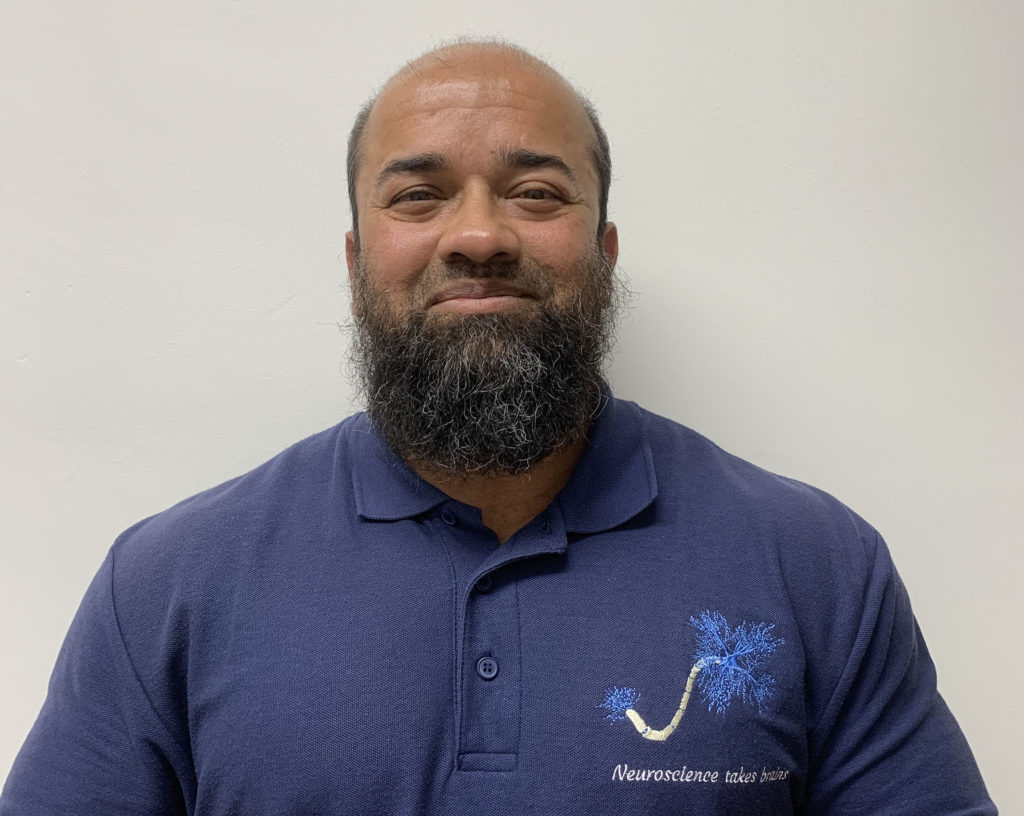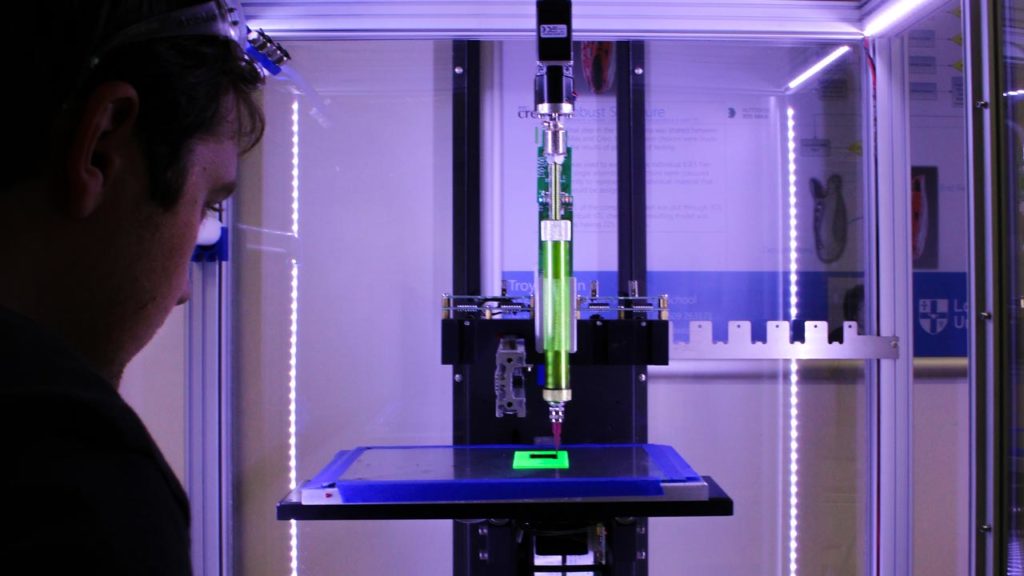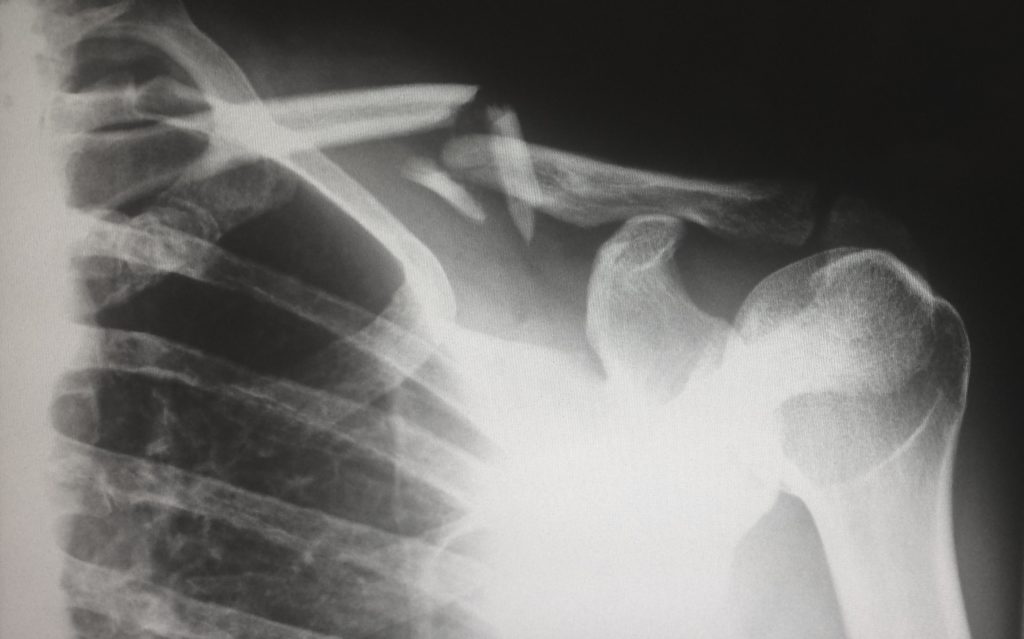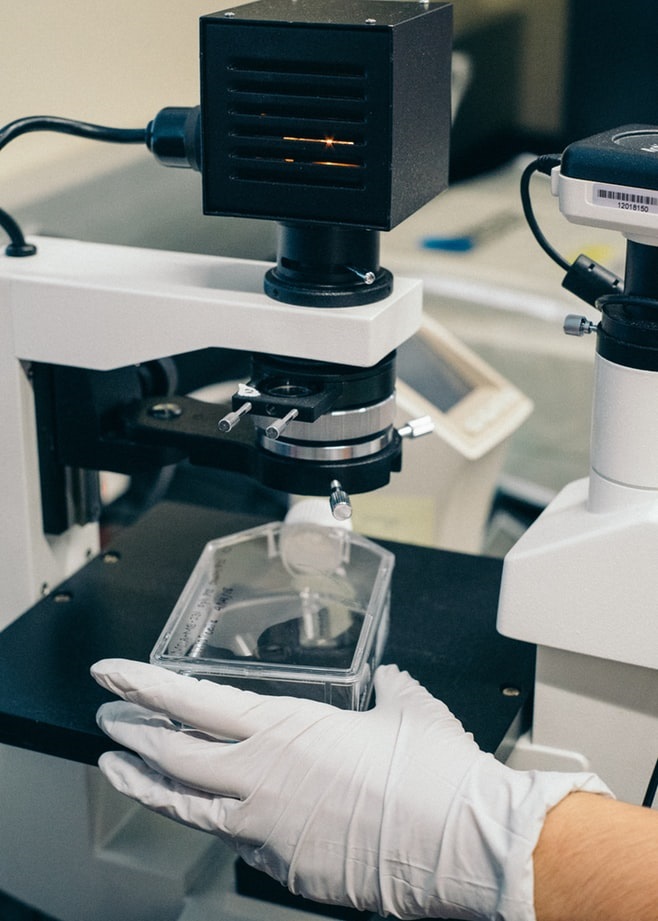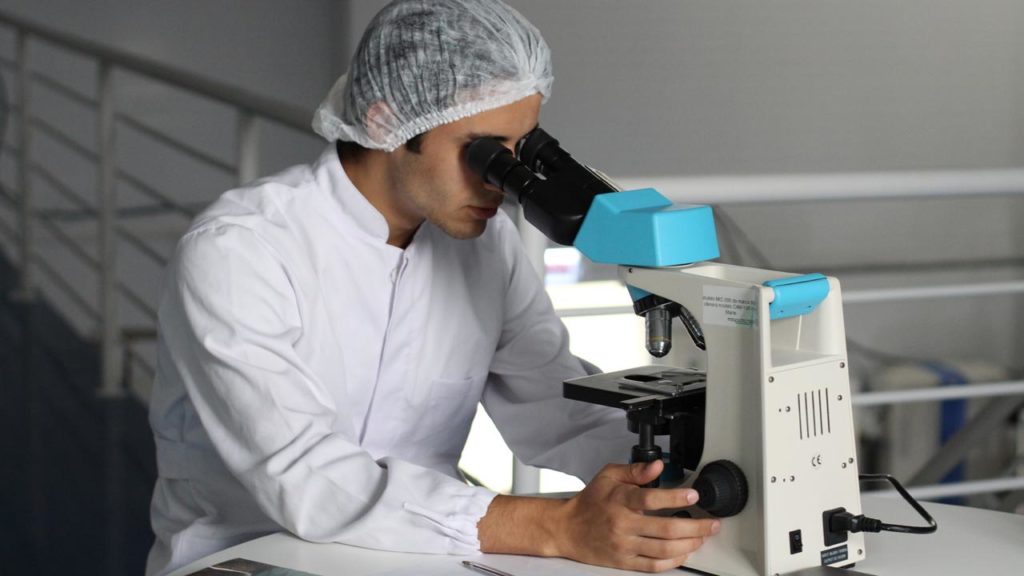Background
Scars are common, costly and can seriously impair quality of life. In addition to trauma, scarring and fibrosis are associated with broader disease and degenerative conditions. There is no treatment currently proven to control problem fibrosis and lessen the functional impact of scarring. In the first phase of SRMRC Professors Logan and Grover exploited a potent anti-scarring molecule called Decorin(Esmaeili et al., 2014; Hill et al., 2015). They sourced GMP manufactured recombinant Decorin and demonstrated its translatable potential by securing two fully funded (Wellcome Trust and MRC) clinical trials of our novel formulated anti-scarring dressings to treat skin burns and damaged corneas. We believe this technology has the potential for expansion to other indications to prevent scarring in many more tissues injured by trauma or disease.
Method
The methods we are using in this project including:
- Production of a prototype of the cranial membrane with a defined formulation approved by clinicians routinely undertaking craniotomy procedures.
- Assessing the release amount of the drug and its efficacy using ELISA, collagen fibrillogenesis and appropriate models of human meningeal scarring.


